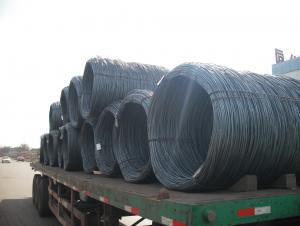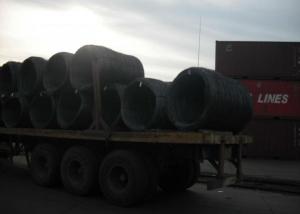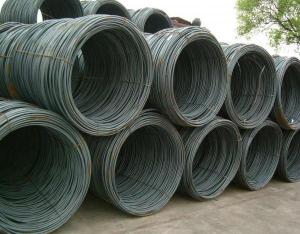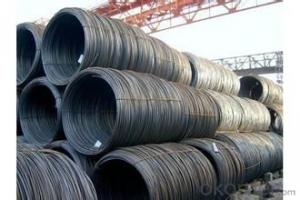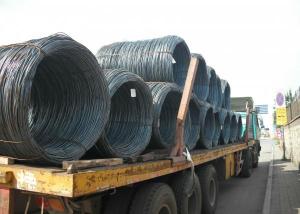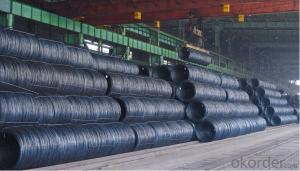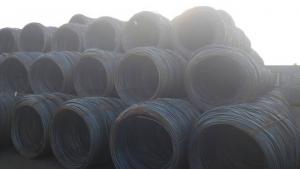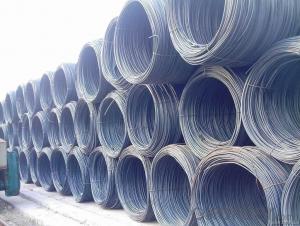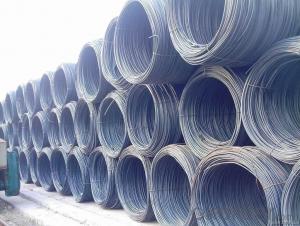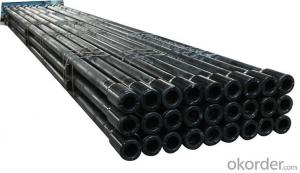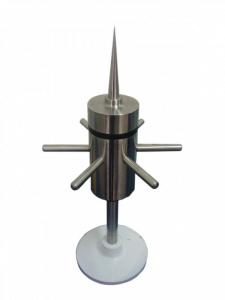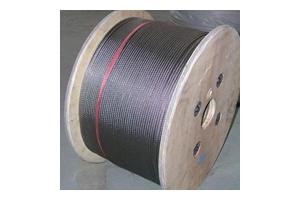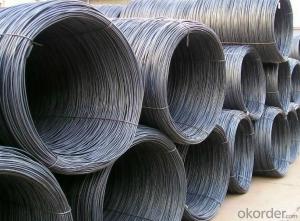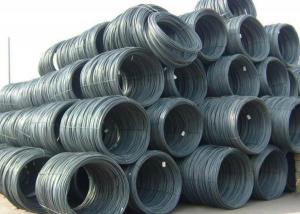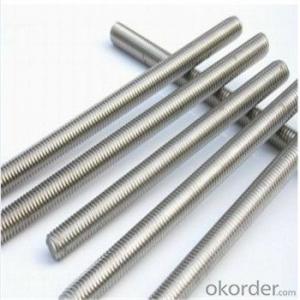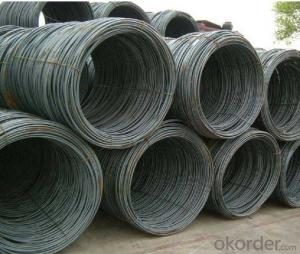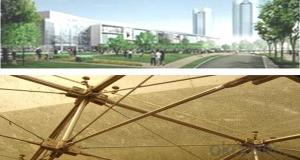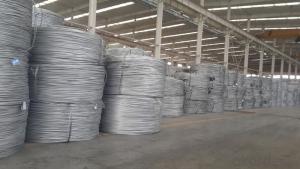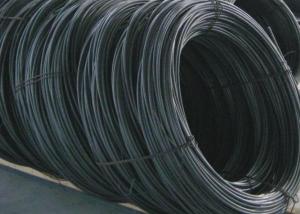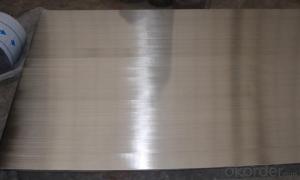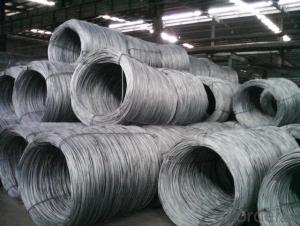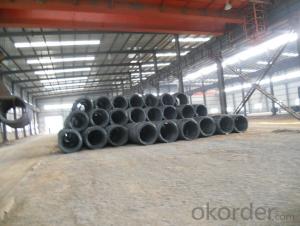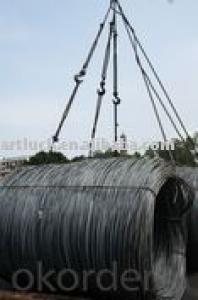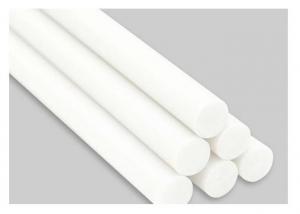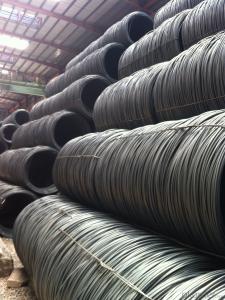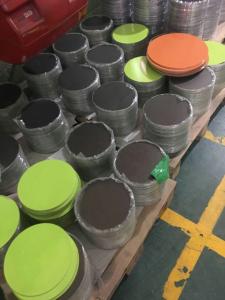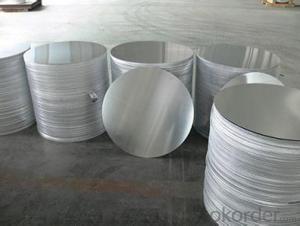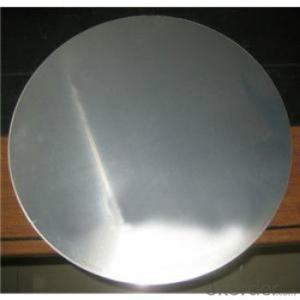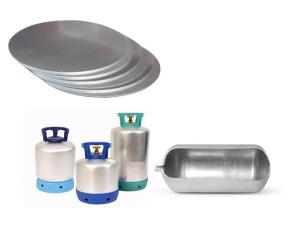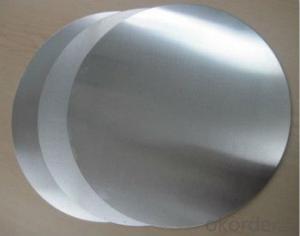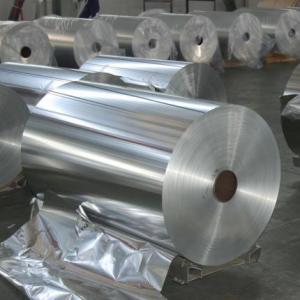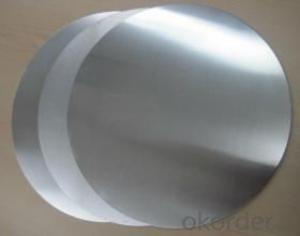Nickel Rod Stock
Nickel Rod Stock Related Searches
Aluminum Rod Stock Nickel Cobalt Aluminum Stock Anodized Aluminum Rod Stock Aluminum Roll Stock Aluminum Rifle Stock Coil Aluminum Stock Black Aluminum Coil Stock Aluminum Trim Coil Stock Aluminum Fuel Rail Stock Aluminum Trim Stock Aluminum Benchrest Stock Half Round Steel Bar Stock Rollex Aluminum Coil Stock Brown Aluminum Coil Stock Aluminum Lathe Stock Aluminum Metal Stock Vinyl Coated Aluminum Coil Stock Aluminum Gun Stock Knurled Aluminum Bar Stock Aluminum Triangle Stock Round Aluminum Bar Stock Aluminum Strip Stock White Aluminum Coil Stock Aluminum Rectangle Stock Aluminum Foil Stock Aluminum Triangle Bar Stock Alcoa Aluminum Coil Stock Brass Round Stock Aluminum Round Bar Stock Aluminum Mill StockNickel Rod Stock Supplier & Manufacturer from China
Nickel Rod Stock is a type of metal product that is widely recognized for its exceptional corrosion resistance and high-temperature performance. This material is made from nickel, a metal known for its unique properties that make it suitable for a variety of applications. Nickel rod stock is often utilized in industries where high-strength, durability, and resistance to harsh environments are essential.The application of Nickel Rod Stock can be found in numerous scenarios, such as in the chemical, aerospace, and marine industries, where its corrosion resistance and strength are highly valued. This product is also used in the manufacturing of various components, including fasteners, valves, and heat exchangers, due to its ability to withstand extreme temperatures and pressures. The versatility of Nickel Rod Stock makes it a popular choice for engineers and designers who require a material that can perform reliably under challenging conditions.
Okorder.com is a reputable wholesale supplier of Nickel Rod Stock, boasting a large inventory of this high-quality product. As a leading distributor in the industry, Okorder.com ensures that customers have access to a comprehensive range of Nickel Rod Stock options, catering to diverse requirements and specifications. Their extensive inventory and commitment to customer satisfaction make Okorder.com a preferred choice for those seeking reliable and cost-effective Nickel Rod Stock solutions.
Hot Products
